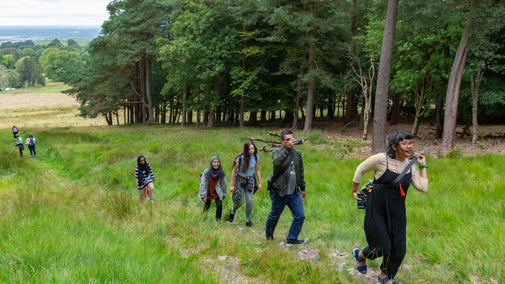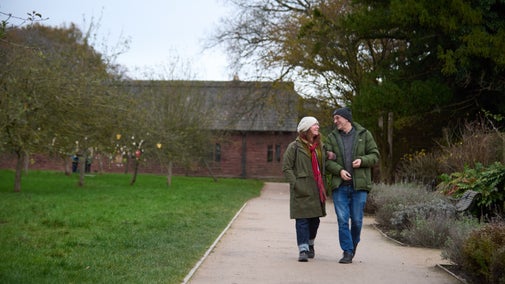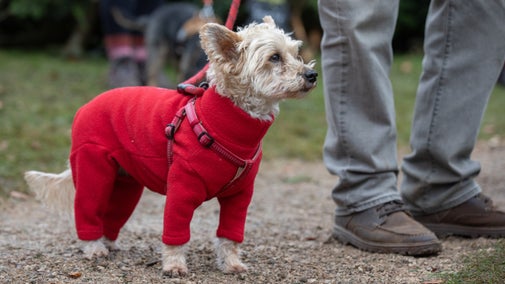Autumn colours at Speke Hall
Liverpool & Lancashire
Enjoy glorious shades of yellow and gold, spot migrant birds on the sandy Mersey coastline and discover the history of this special place on this autumnal walk.
Near to
Speke HallStart point
Home Farm Courtyard, outside reception. Grid ref: SJ421824Trail information
Walk through woodland and meadows
There's yellow in virtually everything during autumn around Speke Hall. The trees will have yellow leaves in the ancient woodland of beech and oak. There will be grasses that go a yellow-brown when they die. There's the yellow of the sand along the estuary and even the skies get a yellow hue at dusk.
More near here
Speke Hall estate walk
Explore the wider Speke Hall estate to discover a green oasis in urban Liverpool. Walk through colourful meadows and woodlands with unexpected histories while spotting fascinating wildlife.

Speke Hall coastal walk
Take a stroll along the historic boundary of the Speke Hall estate to the Mersey shoreline. It's easy terrain and a good distance for children.

Get in touch
Our partners

We’ve partnered with Cotswold Outdoor to help everyone make the most of their time outdoors in the places we care for.
You might also be interested in
Walking in Liverpool and Lancashire
There's plenty to explore on foot in Liverpool and Lancashire. From countryside and woodland, to Liverpool city centre, find the perfect walk for all abilities.

Walking
Explore some of the finest landscapes in our care on coastal paths, accessible trails, woodland walks and everything in between. Find the best places to walk near you.

Exploring the garden and estate at Speke Hall
From peaceful strolls through colourful borders, to adventures in the woodland and spotting wildlife in the secret garden, there's plenty of seasonal joy to find at Speke Hall.

Visiting Speke Hall with your dog
Dogs on leads are welcome to explore most areas of Speke Hall's grounds. Find out where you can go with your dog, what facilities are available to them and other important information at this two pawprint rated place.

Follow the Countryside Code
Help to look after National Trust places by observing a few simple guidelines during your visit and following the Countryside Code.

Staying safe at National Trust places
The special places in National Trust care sometimes come with a few risks for visitors, be it coastline or countryside. Find out how to keep safe throughout your visits.

Cotswold Outdoor: our exclusive walking partner
Learn about the National Trust’s ongoing partnership with Cotswold Outdoor. Find out how they help us care for precious places and the exclusive discount available for National Trust supporters.

